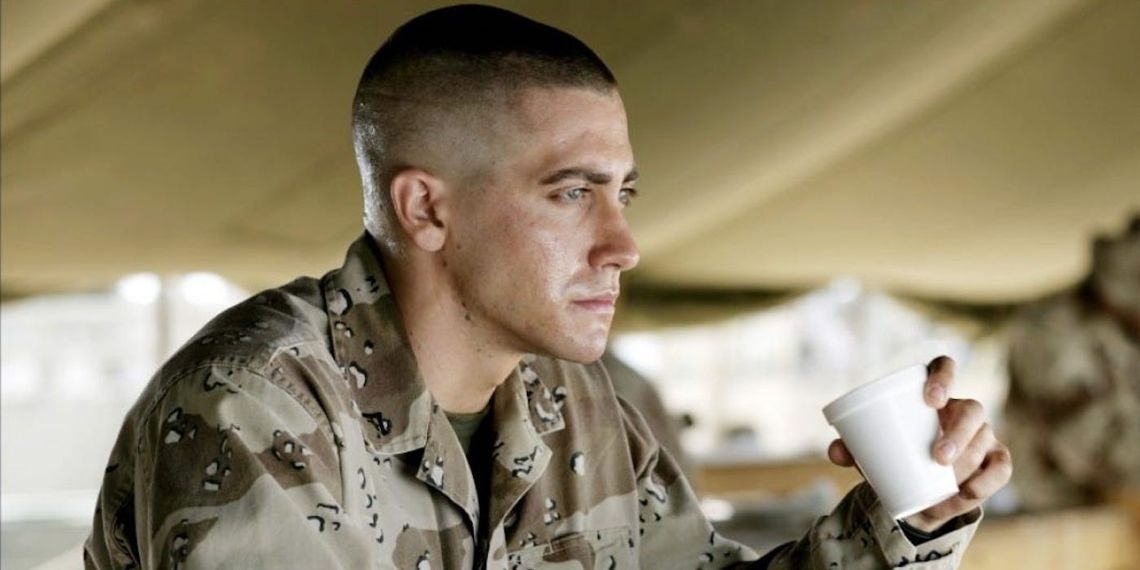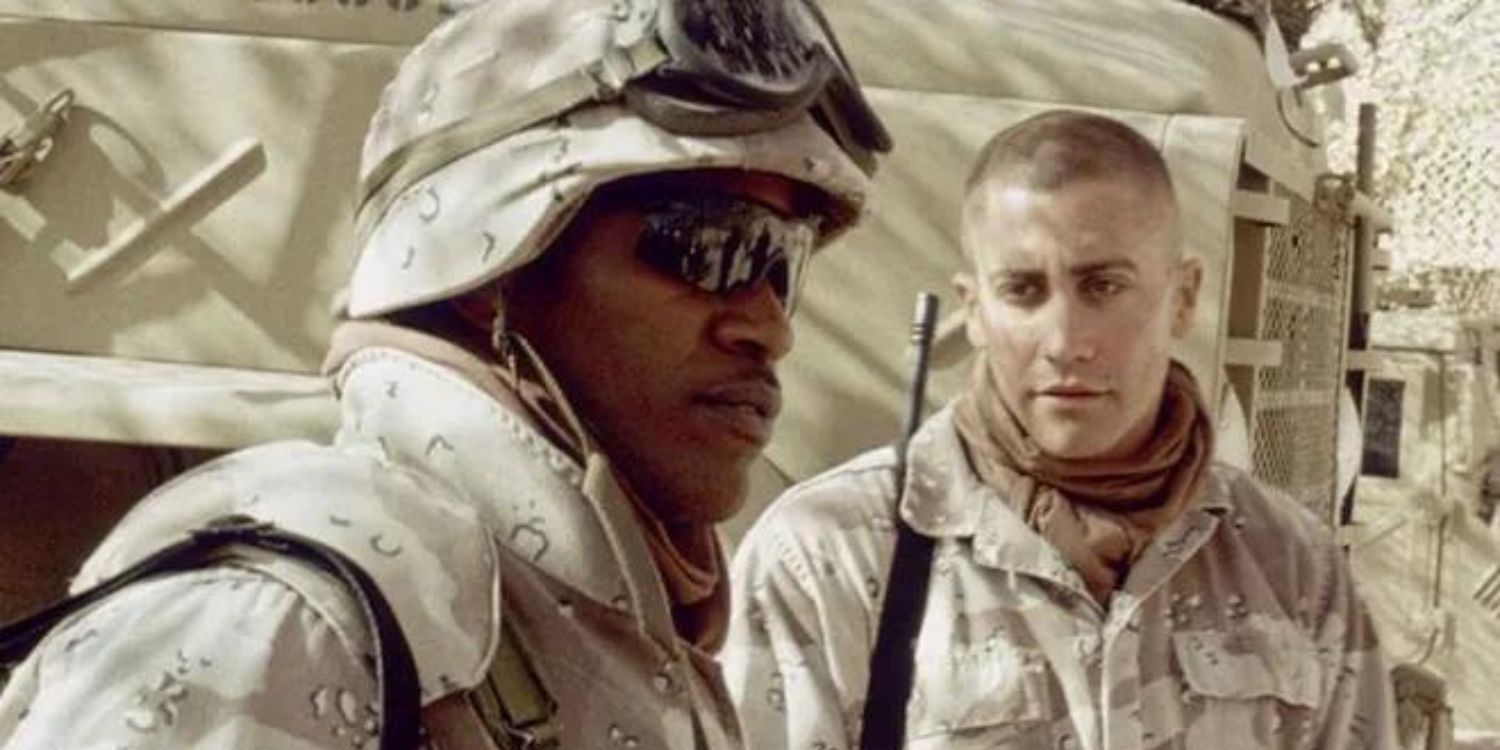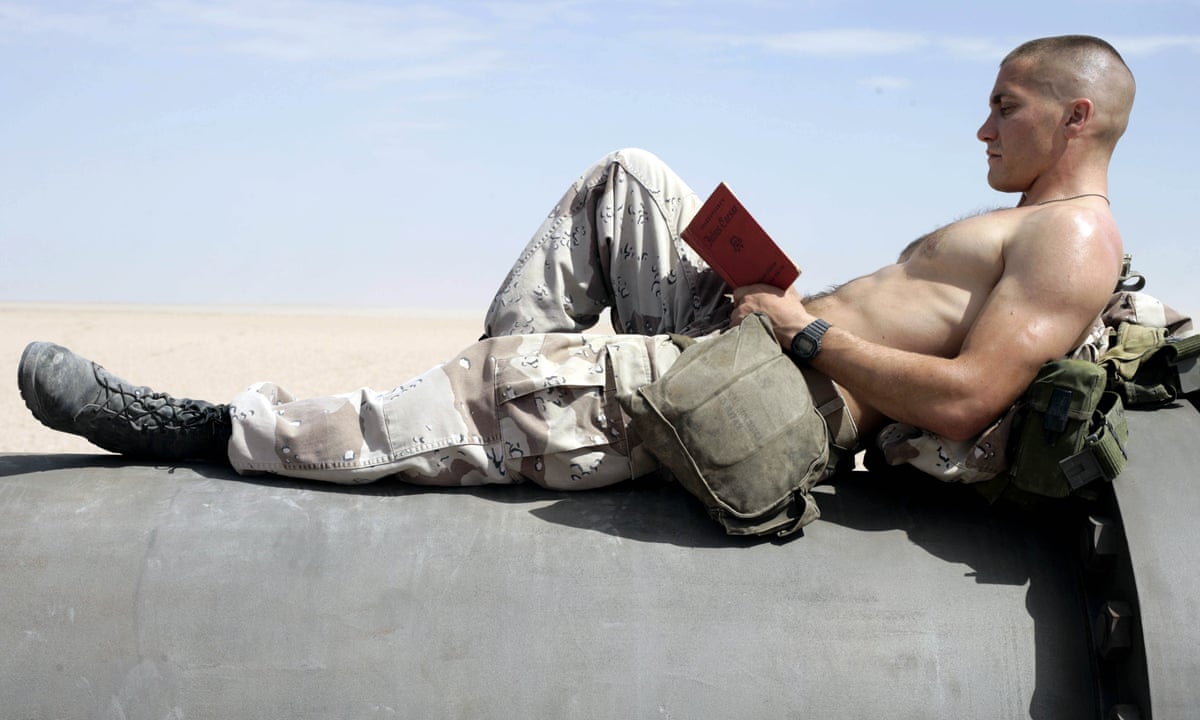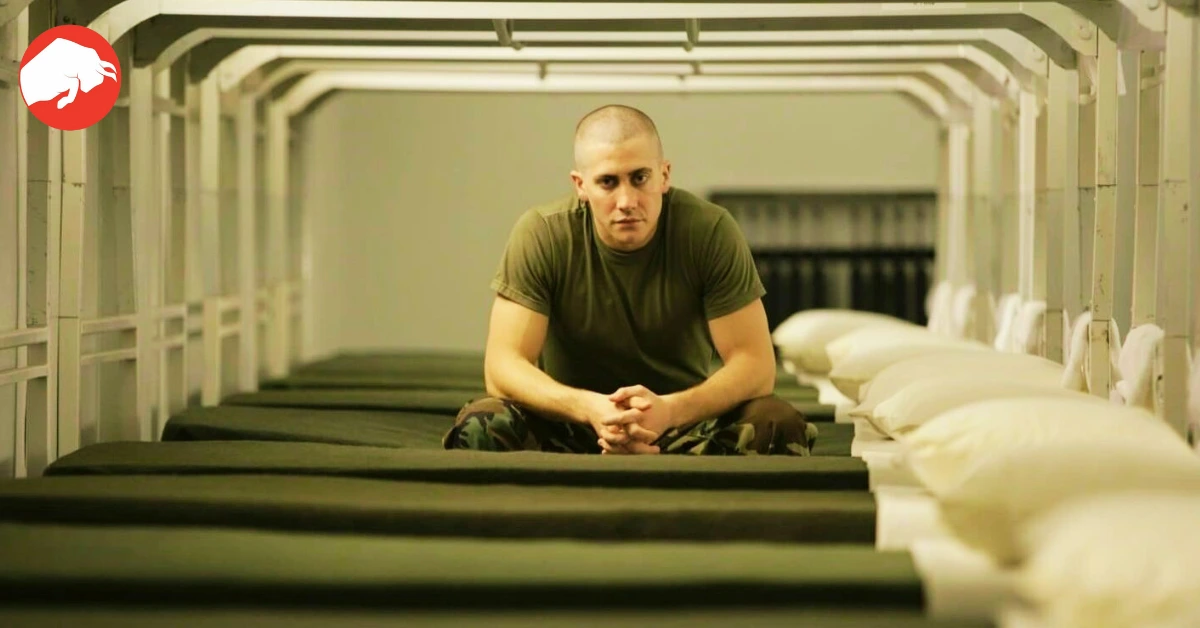Every war movie audience walks into the theater with a set of predetermined expectations—firefights, heroism, and yes, the harrowing trauma of warfare. The 2005 film Jarhead by Sam Mendes not only subverted these expectations but also managed to spotlight the irony of the genre itself. Unlike its contemporaries, Jarhead refrains from delivering cinematic battles, instead offering an introspective exploration into the minds of soldiers and their quest for purpose amidst a world of violence.

Why War Films Are Not Always About War
Based on Anthony Swofford’s memoir, this film follows his journey as a US Marine sniper during the Gulf War. His raw, uncensored narrative digs deep into the military’s underbelly, painting a less-than-glamorous picture of the American war machine. But, interestingly, what caught audiences off guard was the film’s audacious omission—combat. Swofford and his peers, having undergone intense training, end up on the battlefield with no battle to fight. This profound absence of action, contrary to many lukewarm reviews, serves as the movie’s most resounding critique of war films.
The Propaganda Behind War Films

Historically, war movies have been intertwined with propaganda, shaping perceptions and rallying public sentiment. The cinematic landscape, despite its claims of condemning war, often revels in it. Their vivid depictions of violence tend to overshadow their anti-war messages, creating a dichotomy between the script’s intent and the visuals’ allure. As Jarhead’s Swofford, portrayed masterfully by Jake Gyllenhaal, would suggest, the eagerness for battle stems from an ingrained sense of purpose, birthed and nurtured by the military. His journey, along with his comrades’, is a haunting representation of the thirst for combat—a thirst never quenched.
The Real Heroes and Their Battles
While the usual war narrative focuses on external enemies, Jarhead turns the lens inwards. It showcases the soldiers’ internal battles—against boredom, identity crises, and the haunting ghosts of their rigorous training. Swofford’s comrade, Troy, epitomizes the cruel irony of their journey. Having been meticulously trained for combat, his fervent desire for a singular kill during the war remains unfulfilled. This unmet desire later manifests in his tragic inability to reintegrate into society, culminating in his heart-wrenching decision to take his own life.

Influence of Other War Films
One cannot discuss Jarhead without delving into its biting critique of the genre’s stalwarts. A poignant scene encapsulates this, where the Marines, including our protagonist Swofford, raucously enjoy the iconic ‘Ride of the Valkyries’ sequence from Apocalypse Now. It’s a surreal moment that underscores how even proclaimed anti-war films can inadvertently serve as celebratory anthems of war.
Conclusion: The Unheroic Reality of War
Jarhead stands out in its audacity to deprive audiences of war’s glamorized visuals. It strips away the heroic veneer, leaving behind a grim tableau of men grappling with lost identities and unmet desires. It poses a question to its viewers, pushing them to introspect: Why do we seek the thrill of cinematic warfare, even in films that claim to denounce it? As the credits roll, one realizes that the real battlefield might not always be strewn with enemies and gunfire but could lie within the hearts and minds of the very heroes we celebrate.









